7 November, 2017
The situation
In a world where businesses struggle to reach teenagers, Factorie was famous for its youth culture. Unafraid and unapologetic, it resonated with its customers in a way few brands do. So when Factorie’s audience started to grow up, the brand did too. It became a little more mature. Slightly more sensible. Less teenage angsty, and certainly less controversial. But in the end, the effort to stay relevant to its original fans saw the overall brand lose its relevancy. All of a sudden, Factorie wasn’t Factorie anymore.
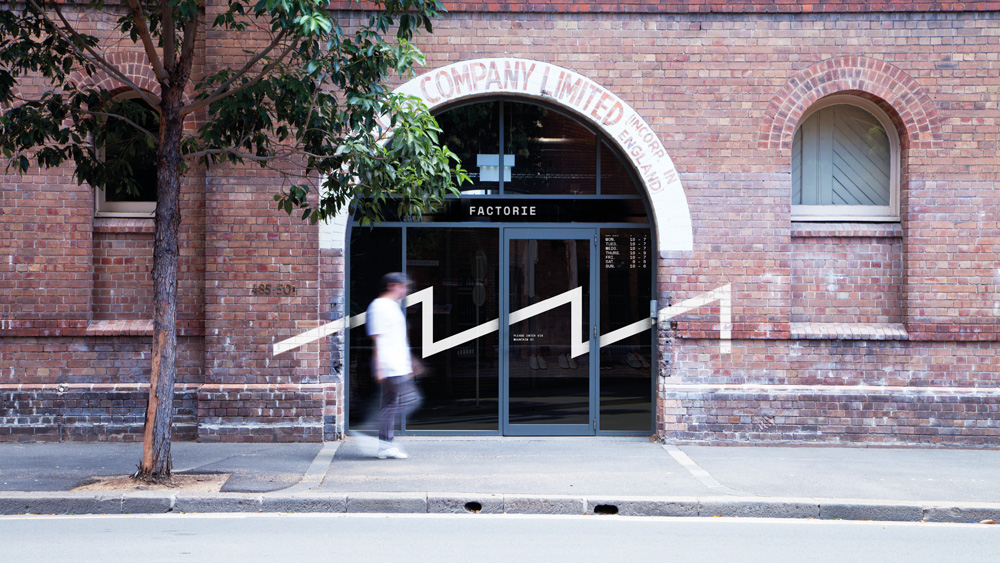
The restless generation
Before we could connect to the next generation of customers, we had to understand them. A lot had changed since Factorie first started. Today’s youth are living in a rapidly changing, rampantly digital Insta–world. Identity is fluid. Personalities are Pinterest’d. Influence – and pressure – is coming from more channels than ever. Yet we couldn’t help but realise that teenagers now aren’t all that different from teenagers then. They’re still rebelling. They’re still looking for inspiration. They’re still figuring out what they like (not to mention what they don’t). Yes, a lot had changed – but a lot of things hadn’t. Maybe they never will.
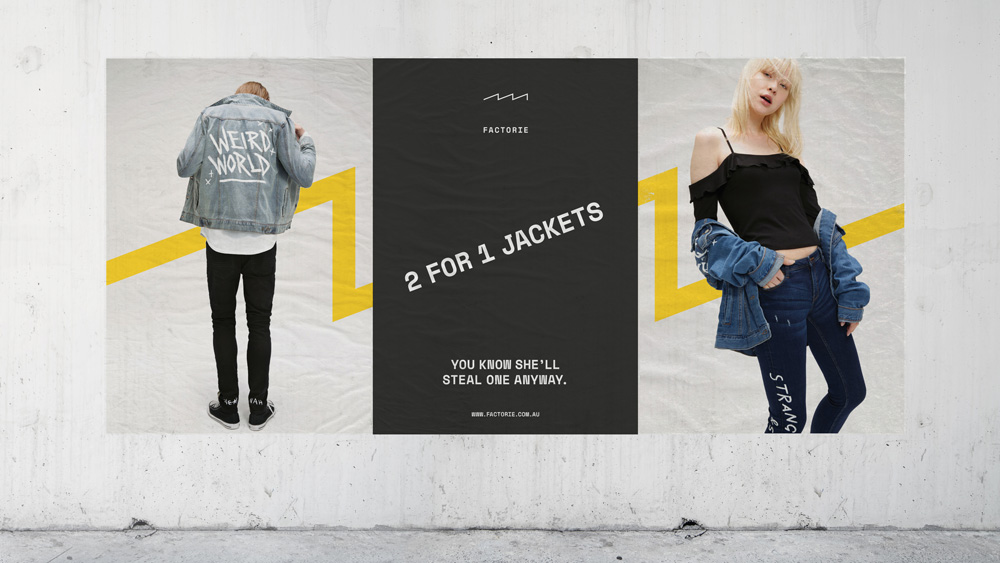
The new Factorie
The new brand sits at the collision point between contemporary culture and that timeless youth attitude. Made for the restless generation, it draws inspiration from everything from modern-day influencers like to DIY producers and even 80’s grunge. Born from Factorie’s oldest and most authentic element of all (its name), the logo offers a striking device for owning and disrupting imagery. But more importantly, it’s shorthand for a new kind of factory – a place where young people and artists can relax, remix, craft and collaborate. It invites the restless generation in, before asking a small, simple, unrelenting question…What will you create? This rebranding and artwork were designed by Interbrand.
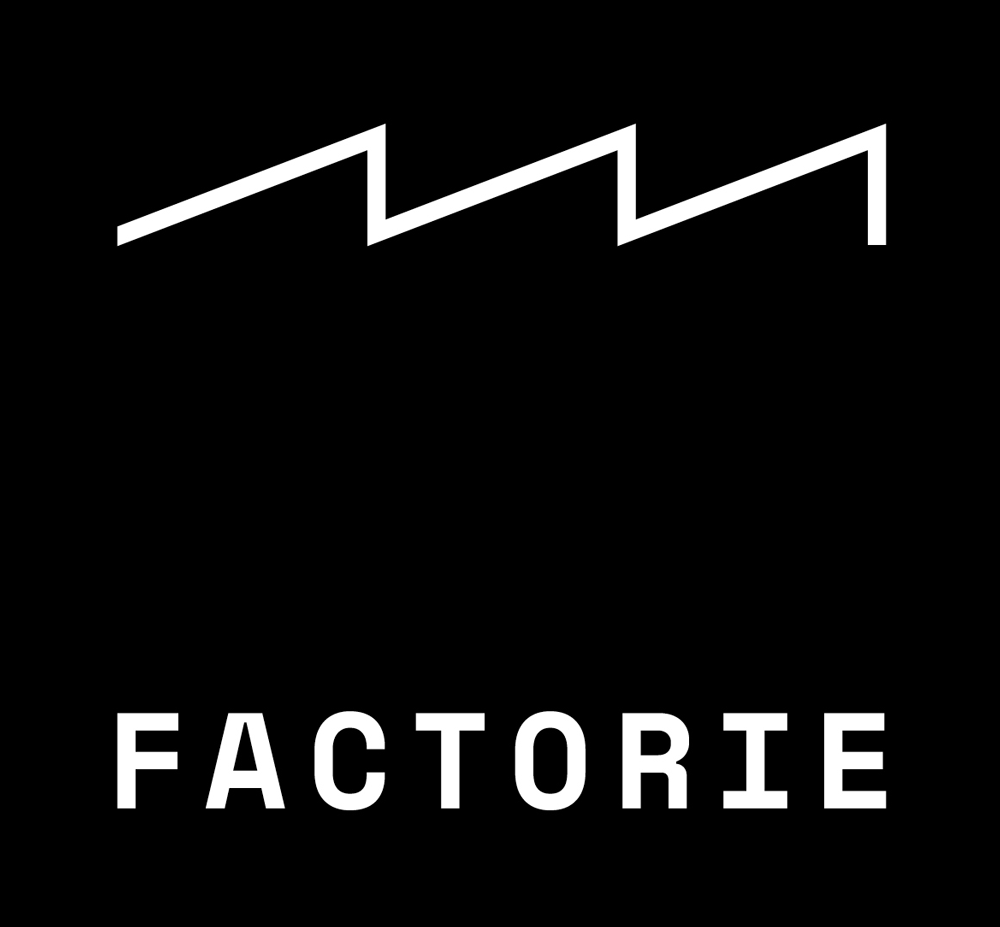
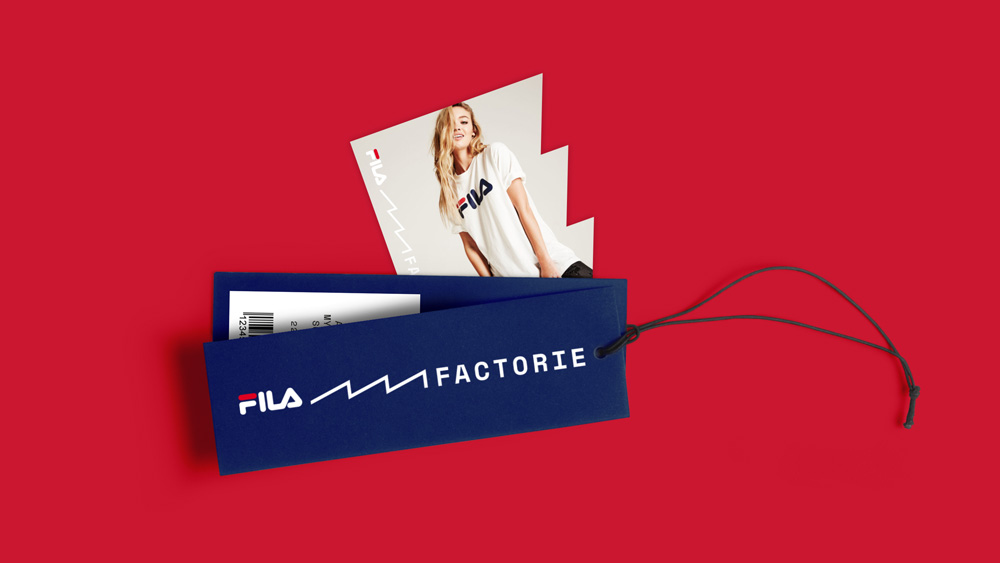
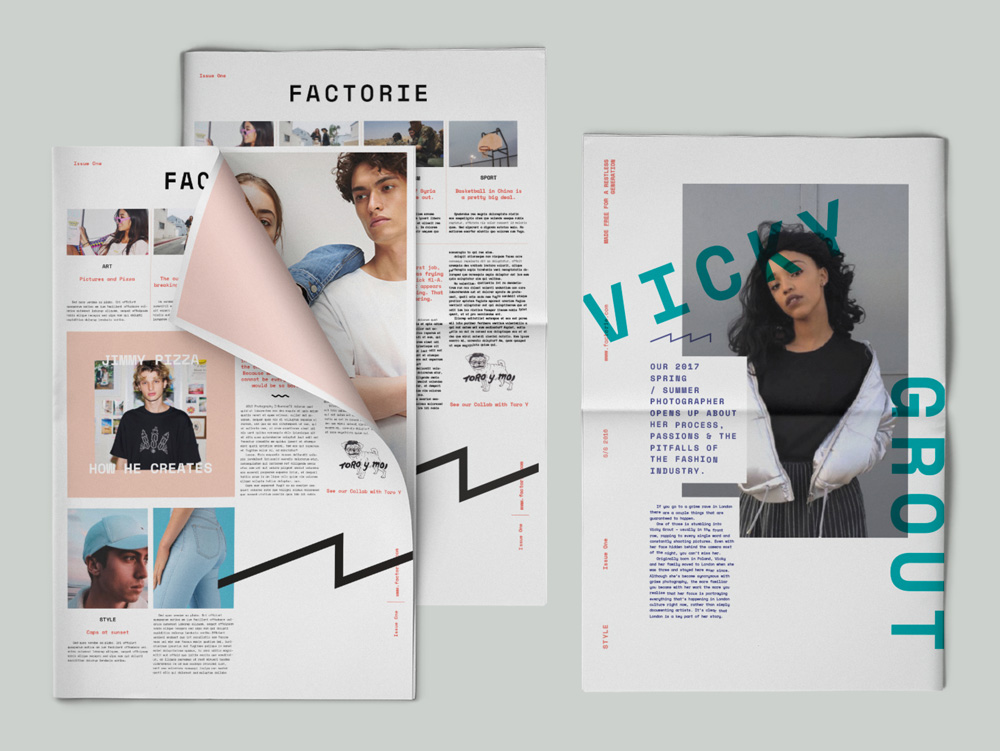
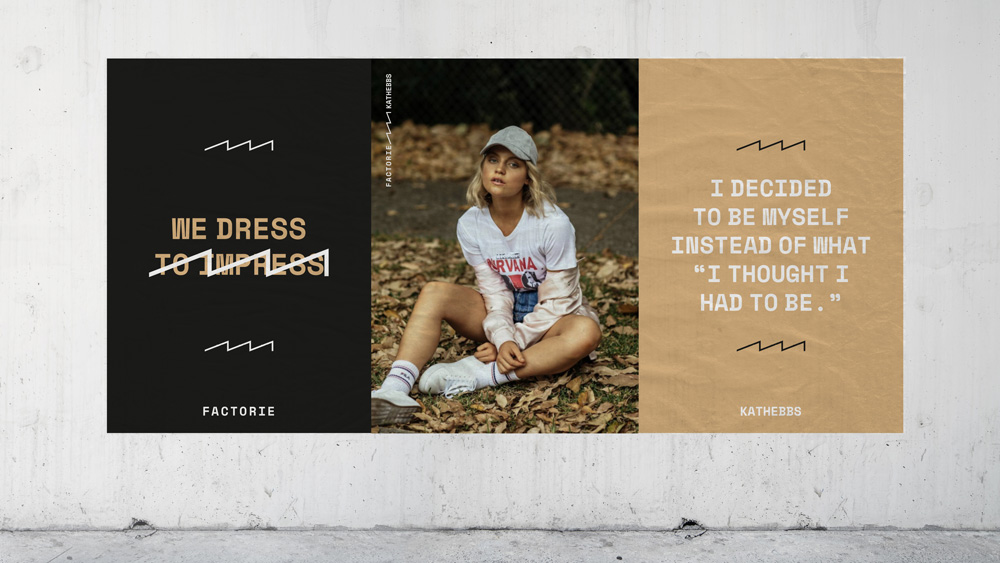
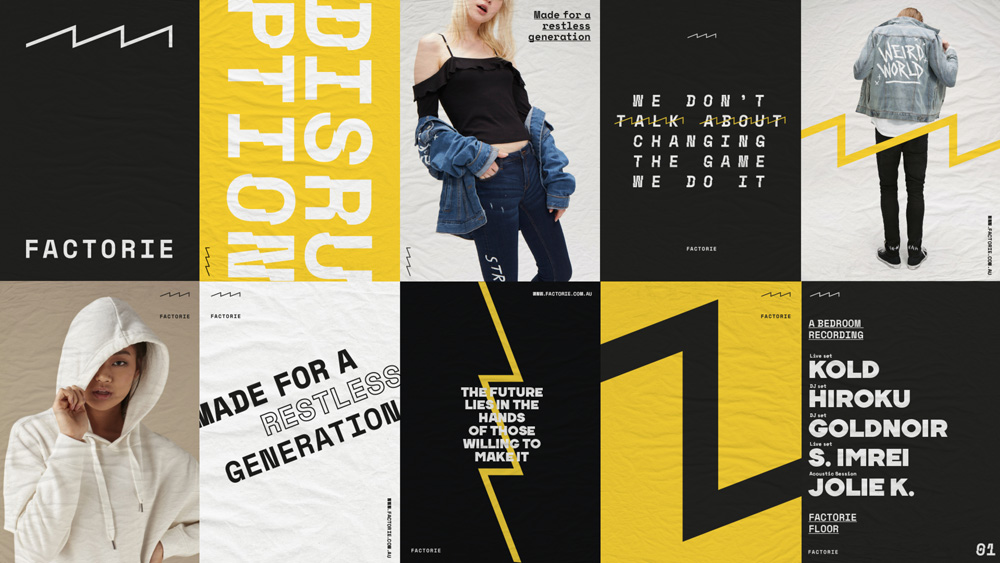
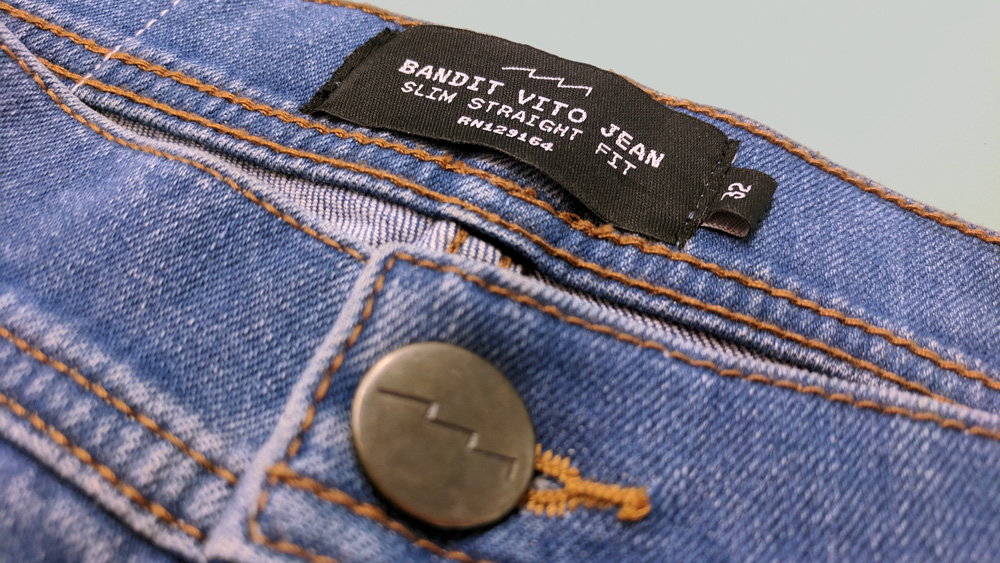
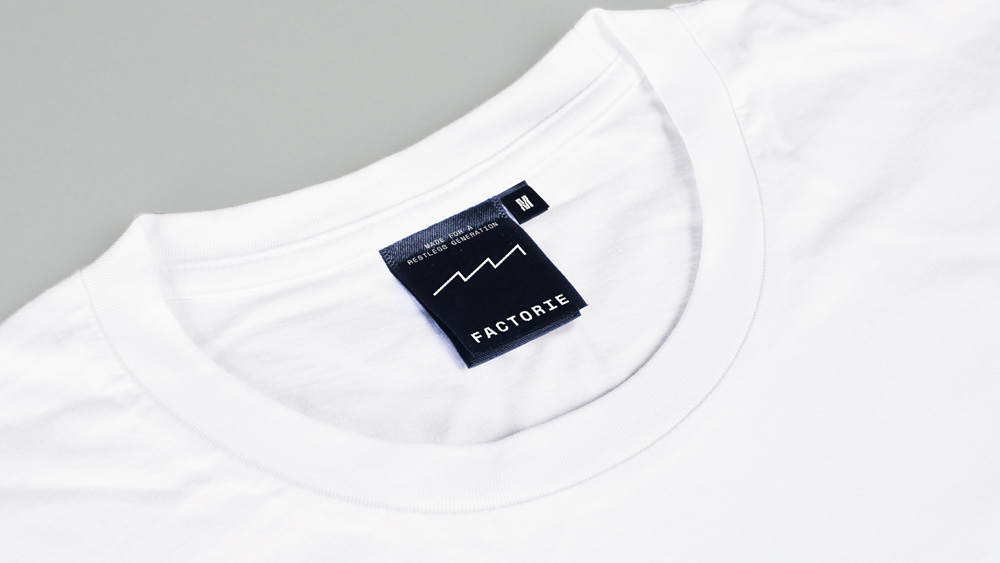
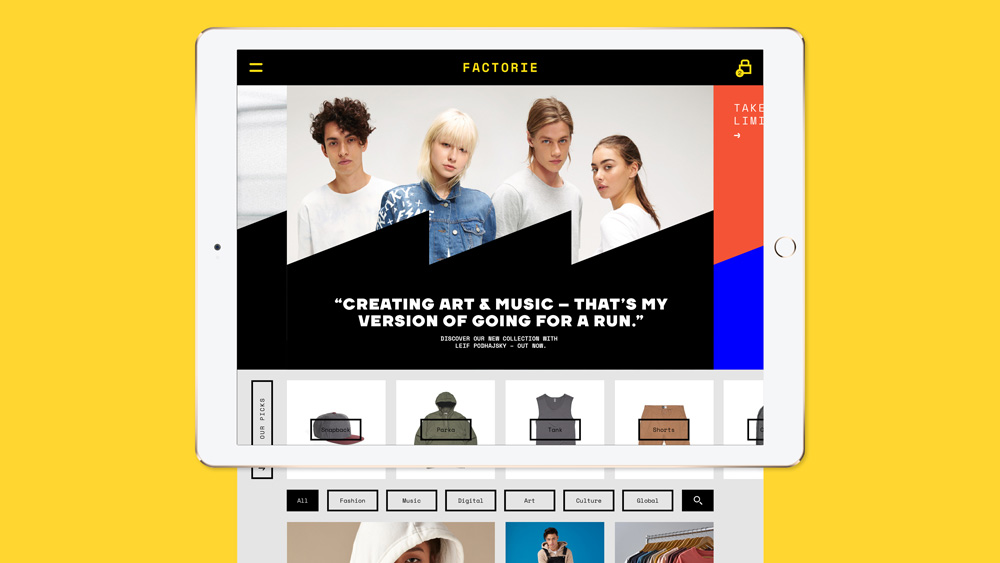
Comments